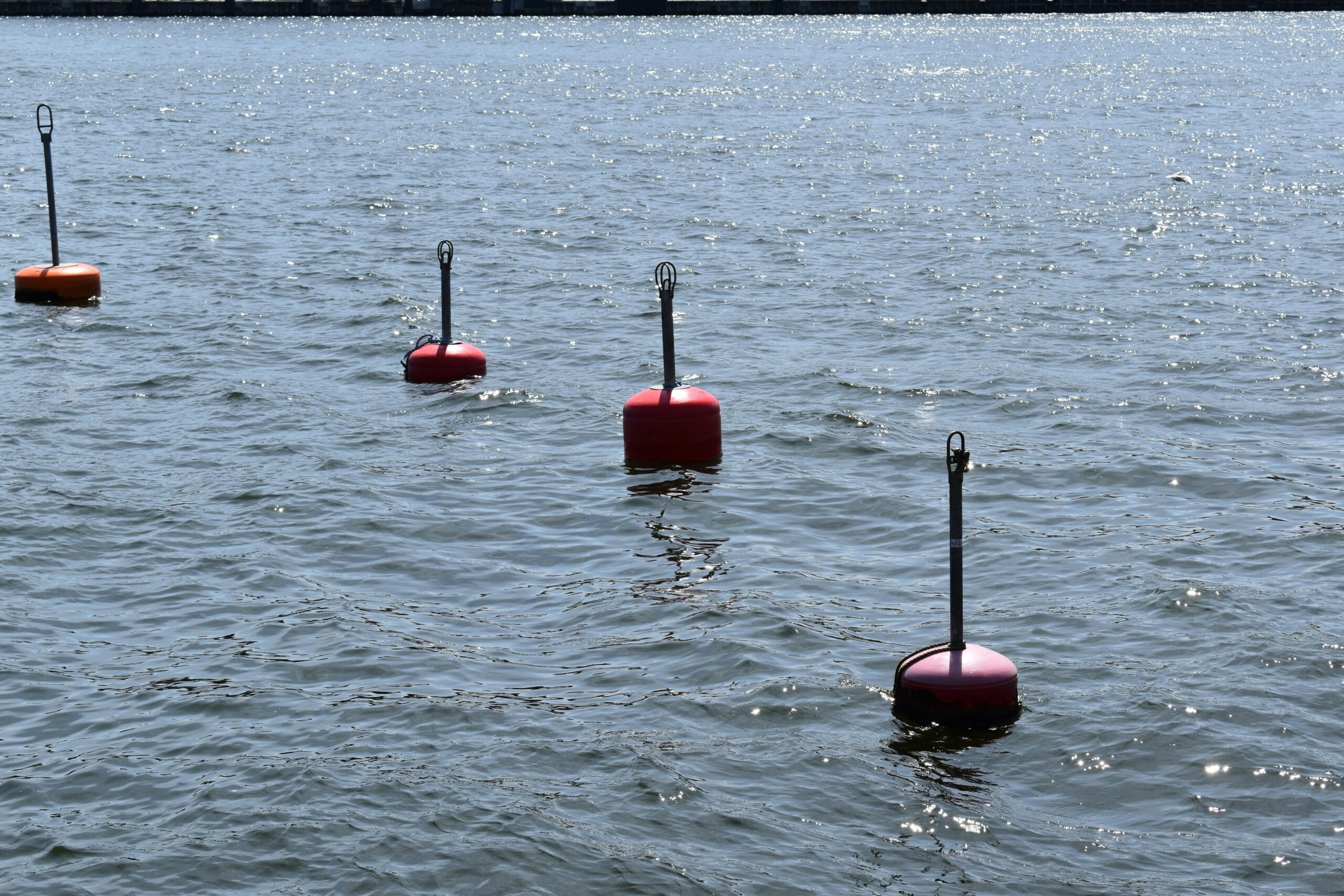Ever rented a boat and wondered why the rental company shoved that bright orange life jacket into your hands like it was a matter of life or death? Well, guess what—it kind of is. While emergency flotation devices might seem like an afterthought when you’re busy planning your next water adventure, they’re actually one of the most critical aspects of boat rental safety (and insurance!). Let’s dive in—without drowning in jargon—to uncover why these lifesavers are non-negotiable.
In this post, we’ll cover:
- Why Emergency Flotation Devices Matter More Than You Think
- How to Choose the Right Gear for Your Rental
- Tips for Staying Safe on the Water
- A Real-Life Story That Could Save Yours
- Frequently Asked Questions About Flotation Devices and Boat Insurance
Key Takeaways
- Emergency flotation devices aren’t just accessories—they’re mandatory safety gear required by law in many regions.
- Your boat rental insurance often hinges on whether you use approved flotation equipment.
- Choosing the right device can make all the difference between a fun day out and a dire situation.
Section 1: The Problem – What Happens When You Ignore Emergency Flotation Devices?
“I once ignored the bulky life jacket because I thought I’d look cooler without it,” admits Sarah, a seasoned boater from Miami. “Then my jet ski flipped in rough waters. Without that neon vest floating nearby, things could’ve ended badly.” Turns out, her mistake wasn’t unique. According to the U.S. Coast Guard, over 80% of drowning victims in recreational boating accidents weren’t wearing life jackets.

Here’s the harsh truth: even if you’re an experienced swimmer, cold water shock, fatigue, or sudden weather changes can turn a splashy trip into survival mode faster than you can say “flotation.” Plus, failing to comply with local laws may void your rental insurance entirely.
Section 2: Step-by-Step Guide to Picking the Perfect Flotation Device
Step 1: Understand the Types
No, all life jackets aren’t created equal. There are different types of personal flotation devices (PFDs), each designed for specific activities:
- Type I: Offshore Life Jackets – Best for open waters where rescue might take longer.
- Type II: Near-Shore Vests – Ideal for calm lakes and rivers.
- Type III: Floatation Aids – For kayaking, canoeing, or paddleboarding.
Step 2: Check Fit and Comfort
Optimist You: “It fits snugly!”
Grumpy You: “Yeah, but can I breathe comfortably?”
Make sure the straps adjust easily, and there’s no awkward bunching around your neck. After all, comfort ensures compliance—you’re more likely to keep it on if it doesn’t feel like wrestling an octopus.
Step 3: Look for Approval Stamps
Always ensure your PFD has the seal of approval from organizations like the U.S. Coast Guard or ISO standards. These certifications guarantee quality and performance under pressure.

Section 3: Top Tips for Maximizing Safety (And Avoiding Insurance Nightmares)
- Don’t Skimp on Quality: Cheap knockoffs won’t cut it when waves hit hard.
- Buddy Check System: Before launching, have everyone check their buddy’s PFD fit.
- Know Local Regulations: Some areas require specific types of PFDs based on vessel size or activity.
- Keep Them Accessible: Floation devices do zero good locked away in storage compartments.
Brutal Honesty Alert: If anyone tells you tossing old pool noodles into the boat counts as “emergency flotation,” kindly escort them off your vessel. Pool noodles are not designed to save lives!
Section 4: Case Study – How One Mistake Cost Thousands
In 2022, a family in Florida rented a pontoon boat for a relaxing sunset cruise. They ditched the provided life jackets, thinking the kids were strong swimmers. But when a rogue wave tipped the boat near shore, panic set in. No flotation devices meant higher risk—and guess what? Their boat rental insurance denied their claim due to failure to adhere to safety protocols.
Lesson learned: It’s better to be slightly uncomfortable with a proper PFD than facing financial ruin later.

Section 5: FAQs About Emergency Flotation Devices and Boat Rental Insurance
Q: Do I really need a PFD if I’m renting a small motorboat?
Absolutely. Most insurance policies and rental agreements mandate PFD usage regardless of boat size.
Q: Can’t I just wear any inflatable vest?
Not unless it meets regulatory standards. DIY modifications or uncertified inflatables can lead to tragic consequences.
Q: Will my insurance cover damage if someone falls overboard without a PFD?
Rarely. Many policies explicitly exclude claims arising from negligence regarding safety gear compliance.
Conclusion
We’ve covered everything from stats to real-life horror stories about why emergency flotation devices are crucial—not just for safety but also for protecting your peace of mind (and wallet). Remember:
- Select the correct type of PFD for your activity.
- Prioritize fit and certification.
- Stay compliant with local regulations.
And finally…
Wave goodbye to worry,
Float safe in style.
Like a dolphin in disguise.


